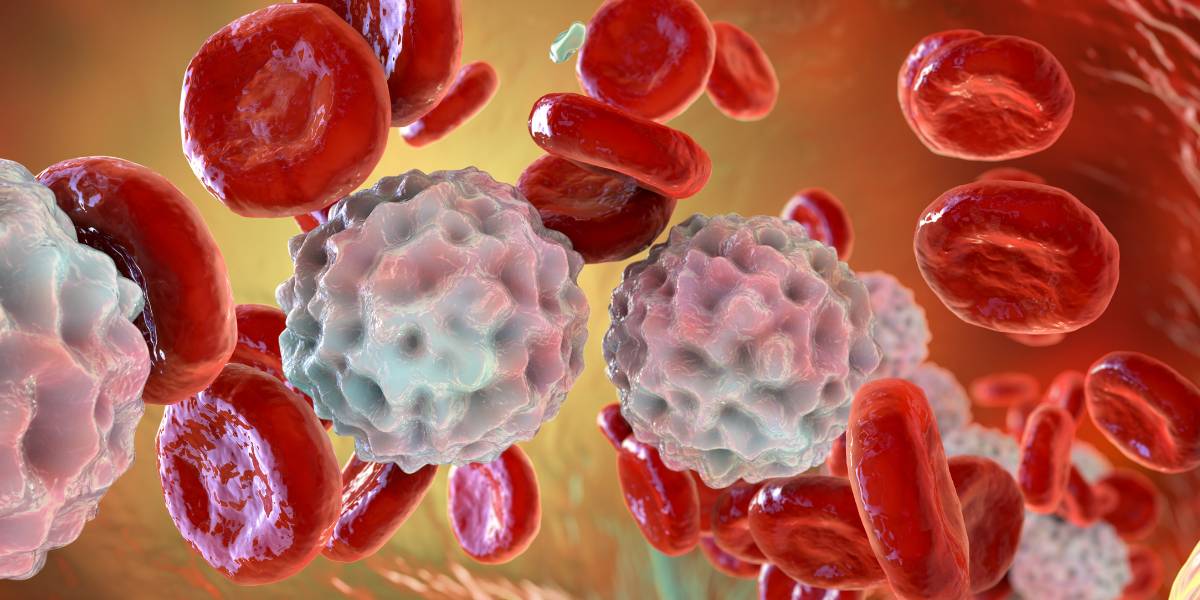Tooth decay, also known as dental caries, is the destruction of the hard tooth tissue.
For a tooth to decay four factors need to be present: a natural tooth or root surface, sugar, bacteria and the passage of time. The bacteria feed on the sugar and produce acid which causes tooth decay.
How common is tooth decay?
Tooth decay is one of the most common dental diseases and affects a huge portion of the population.
Recent Dental Health surveys showed that around 31% of adults in the UK have visible tooth decay, and around a third of children aged 12 also have decayed teeth.
What causes tooth decay?
When bacteria feed on the sugar available in sweet foods and refined carbohydrates (such as white bread) this causes the bacteria to grow and divide and increase the amount of plaque. Dental plaque is the coating of bacteria that continuously grows on everybody’s teeth.
The bacteria produce acid after a sugary snack, which breaks down the tooth surface. The saliva balances the amount of acid produced, but if sugar is eaten often the effect of the saliva is overcome and the acid causes delay.
A decayed tooth has many different appearances depending on the extent of the decay; it can at first be invisible to see if it occurs between the teeth or underneath a filling or crown. It can also appear white and chalky or become black and brown. Due to the loss of mineral of the tooth structure, the tooth can become soft and spongy making it more likely to crumble and break.
Diabetes and tooth decay
Since bacteria feed on sugar, people with diabetes may be more at risk of developing tooth decay due to high blood and saliva glucose levels
Those with diabetes who eat a large amount of high-sugar or refined carbohydrates can have an increased risk of dental decay.
Prevention
Those with diabetes who eat a large amount of high-sugar or refined carbohydrates can have an increased risk of dental decay.
The fluoride in toothpaste helps to protect the tooth surface from decay. Floss or small brushes can be used to remove plaque from the areas between teeth that can be hard for a toothbrush to reach.
Attending regular check-ups with your dentist is also essential for maintaining good oral health. The dentist will check for decay and monitor the health of your gums and the rest of your mouth, and give you advice about a good home dental healthcare program.
Keeping good control of blood sugar levels will also help to limit the amount of plaque in your mouth.
Treatment
A dentist or dental therapist carries out treatment of dental decay. Usually, the decayed area is removed and replaced with a metal (amalgam) filling or a plastic tooth-coloured (composite) filling.. The malleability of the fillings let them take on the shape of the original tooth and then set hard.
If left untreated, the decay will progress and the tooth may become painful as the decay gets closer to the nerve.
If the decay reaches the nerve your dentist will either need to extract the tooth or perform root canal treatment.






